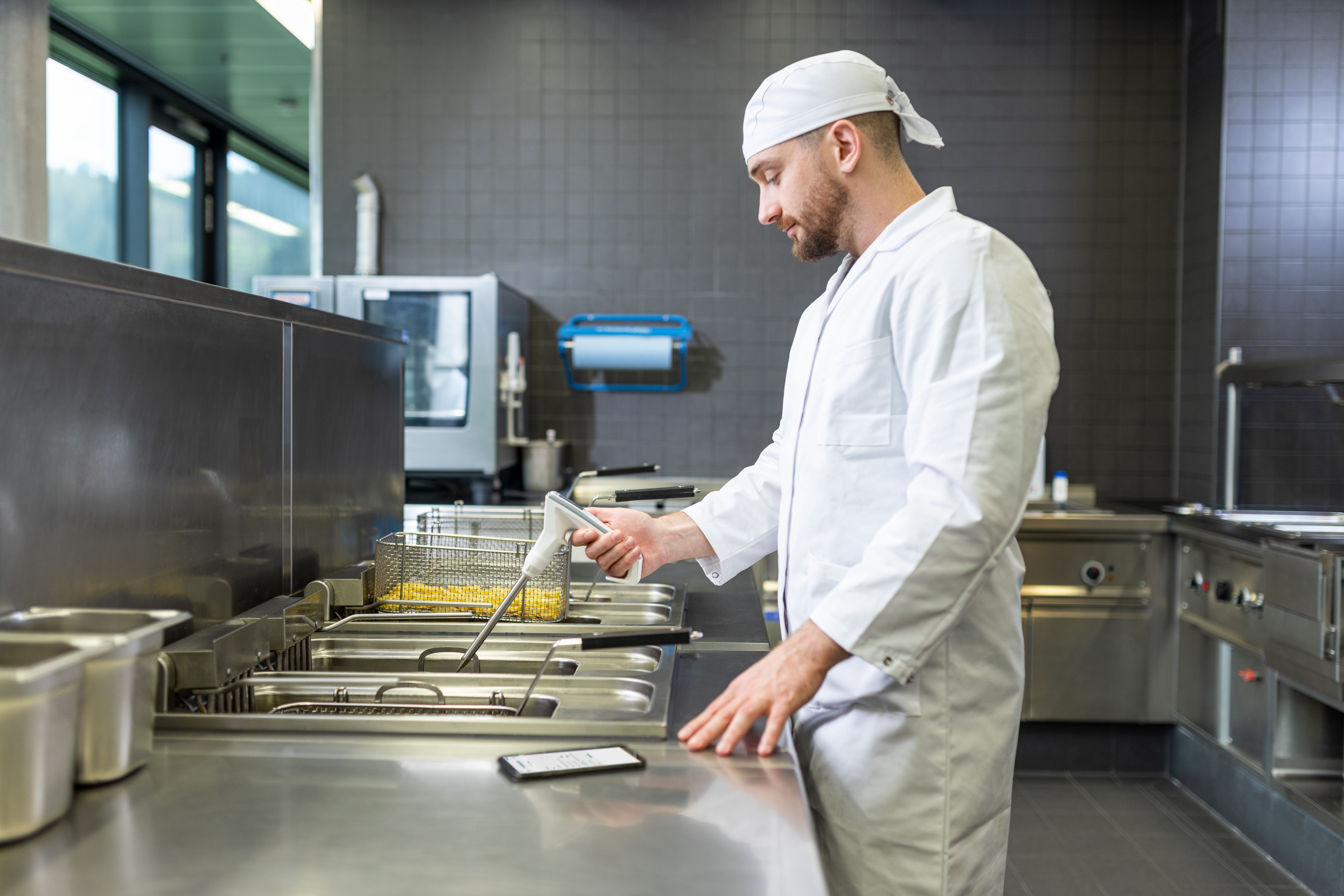How Digital Food Safety Saves Time, Reduces Waste, and Boosts Compliance
)
In the hospitality industry, time is precious, costs are tight, and maintaining food safety standards is non-negotiable. Balancing all three can be a daily challenge— but it’s a challenge that digital solutions are transforming.
Digitalising food safety and quality management doesn’t just streamline processes; it makes life easier for kitchen teams, reduces operational risks, and unlocks significant cost savings.
Here’s how smart food safety practices can elevate hospitality operations.
1. Saving Time with Automated Temperature Monitoring
Manual temperature checks are a time-consuming task in many kitchens. Staff often need to stop what they’re doing, record temperatures on paper, and file records for compliance.
By switching to automated temperature monitoring systems—whether through Bluetooth or Wi-Fi connected devices—hospitality businesses can significantly reduce this workload. Automated loggers can continuously record temperatures in storage areas, display chillers, and fridges, alerting teams only if something goes out of range.
This shift allows staff to focus on serving customers rather than filling out forms, while also reducing the risk of human error.
2. Reducing Waste and Saving Costs
Managing cooking oil efficiently is a key opportunity for saving money. Often, oil is changed too frequently, simply as a precaution, leading to unnecessary waste and higher costs.
Adopting regular oil quality checks with fast, reliable measurement tools can prevent this. By knowing exactly when oil needs to be replaced, kitchens can extend oil life without compromising on food safety or taste.
Smart practices like these not only save on costs but also support sustainability goals by reducing waste.
3. Boosting Compliance and Audit Readiness
For busy hospitality operations, staying audit-ready can feel like a constant pressure. Paper records can go missing, manual entries can be forgotten, and verifying processes can be challenging.
Digital monitoring solutions create secure, easily accessible records that can be quickly reviewed or shared when needed. This simplifies compliance with food safety standards and reduces the stress of inspections.
4. Supporting Kitchen Teams
Ultimately, the biggest benefit of digital food safety is supporting the people who keep kitchens running. Automating routine tasks, reducing paperwork, and providing easy-to-use tools means less time on admin and more time focusing on great food and service.
It’s about giving teams confidence in their processes, freeing up headspace, and creating a smoother, safer working environment.
Final Thoughts
The future of food safety is digital. By adopting smart, connected solutions, hospitality businesses can unlock efficiency, minimise waste, and protect their bottom line—all while ensuring food safety standards are never compromised.
Whether you’re running a small café or a large multi-site operation, the opportunity to save time, reduce costs, and streamline quality management is within reach.





